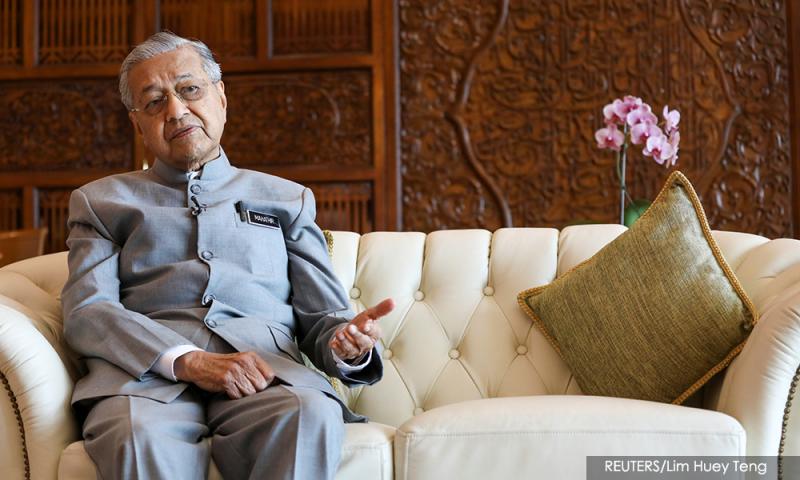COMMENT | In Malaysia, the claim of victimhood and adoption of a victim mentality in the race discourse has long been a lucrative industry. This phenomenon is most pronounced among some leaders of the "oppressed" community including the more educated and those who have achieved greater socioeconomic and political mobility by taking advantage of their so-called victim status.
The major work influencing Malaysia’s racial stereotyping and feeding into the country’s culture of victimhood and racism has been the book by Dr Mahathir Mohamad, "The Malay Dilemma". Published in 1970, the political tract was aimed at reshaping Malay and Malayan politics as well as the wider society in the aftermath of the racial violence of May 13, 1969.
Initially banned for its alleged seditious content and potential to destabilise a society reeling from the trauma of May 13, the ban was lifted in 1981 when Mahathir became prime minister.
The book, though prohibited, was successful in reshaping the debate on the country’s future in several ways. For one, it has been one of the main factors for the political rise of Mahathir. It has also ensured his ascendency and durability in Malay politics; and spawned a generation of similar ethnic champions.
More critically, it has been the basis for a wide range of racially-skewed political, socio-economic and educational public policies under the New Economic Policy and various successor national policies during the last 50 years and continuing until today.
Perhaps the most important legacy of the book is its role in shaping and nurturing the toxic racial and victimhood discourse in the country. This has been a legacy that few public figures want to discuss or bring out into the open but its propositions define the agenda in the nation’s politics and governance.
The recent soul searching over race relations in the United States and elsewhere in the world gives us an opportunity to reassess the arguments contained in the "The Malay Dilemma" and its applicability to the current situation...





